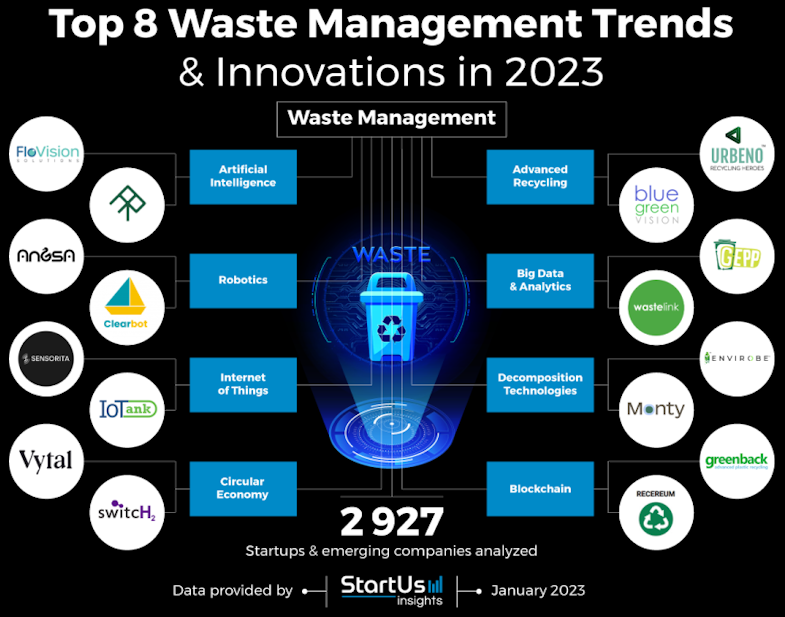At MIT computer researchers are studying the applications of artificial intelligence for sustainable development. The institute is dedicated to promoting interdisciplinary research into artificial intelligence (AI) and its potential to support a sustainable future for our planet.
It brings together international researchers, engineers, lawyers and practitioners to propose concrete solutions that respond to environmental and social challenges. The first project they are working on is a large survey on the use of AI within organizations. Scientific studies estimate that 4 to 7 billion cubic meters of water per year could be consumed by AI until 2027.
What is the environmental impact of AI
AI has an undeniable negative impact in terms of greenhouse gas emissions. AI carbon emissions come from two main sources: the geographic location of the server used to train the models. Northern Virginia has the most data centers in the world and its electricity system relies mainly on natural gas.
Second cause of negative impact: the training time of AI models. The carbon footprint for training a single language model generates 300 tons of CO2 equivalent emissions, or 125 round-trip flights from New York to Beijing. In addition, AI consumes a lot of water. Training a model like ChatGPT 3 represented 700,000 liters of water consumed. Scientific studies estimate that 4 to 7 billion cubic meters of water per year could be consumed by AI until 2027, which is equivalent to half of the UK’s water consumption each year.
Can AI still help us reduce our environmental footprint
It is an extremely powerful tool for making predictions, for example on climate risks. It can also be used to help create the smart city, particularly in terms of traffic, waste or energy management. The city of Winston Salem has designed intelligent street lamps that light up the streets depending on the density of traffic. The city has thus reduced its energy consumption by 70%. AI is also a fantastic tool for fighting climate change and preserving diversity in North Carolina: the NGO Rainforest deploys acoustic monitoring tools coupled with AI which make it possible to fight against deforestation and poaching in Puerto Rico, in the Caribbean.
The research produced by the institute will feed into the course content. Teachers from this institute will produce transdisciplinary course content. Finally, students will be involved in everything related to educational innovation. We will need them for feedback on the teaching provided.
How is AI used in waste management
AI can also play a crucial role in revolutionizing waste management by enhancing efficiency, sustainability, and resource optimization. One key application is in the optimization of waste collection routes. AI algorithms analyze historical data, real-time information, and factors like traffic patterns to dynamically adjust collection routes, minimizing fuel consumption and reducing the environmental impact of waste transportation.
According to waste management specialists at Winston Salem Dumpster Rental HQ, another significant aspect is predictive maintenance. AI-powered sensors installed in waste management equipment, such as garbage trucks and sorting machinery, monitor their performance and predict potential failures. This proactive approach helps prevent breakdowns, reduces downtime, and extends the lifespan of equipment, contributing to cost savings and minimizing the environmental impact of discarded machinery.
Furthermore, AI contributes to improved recycling processes. Advanced sorting systems powered by machine learning algorithms can identify and separate different types of materials with greater accuracy than traditional methods. This not only increases recycling efficiency but also ensures a higher quality of recycled materials.
Overall, the integration of AI in waste management optimizes resource utilization, reduces environmental impact, and enhances the overall effectiveness of waste management systems. As the world grapples with growing waste challenges, AI offers innovative solutions for a more sustainable and environmentally friendly approach to handling and disposing of waste.



 Here is a list of important tips if you are considering renovating your house, or if you think of
Here is a list of important tips if you are considering renovating your house, or if you think of  Whether it is your first time or sixth time to buy a house, the process of purchasing a property can still get daunting and emotionally draining. One of the best ways to ensure that the process becomes more comfortable for you is to hire someone who is educated and prepared 24/7 to handle the stresses of the home-buying process.
Whether it is your first time or sixth time to buy a house, the process of purchasing a property can still get daunting and emotionally draining. One of the best ways to ensure that the process becomes more comfortable for you is to hire someone who is educated and prepared 24/7 to handle the stresses of the home-buying process.  >Determining the value of a property is not as daunting as it might seem.
>Determining the value of a property is not as daunting as it might seem.  If the sorting of our waste materials remains unusual to most poeple, let us not be blinded by the mirage of all-recycling, which alone can not solve the big problem of post-use management of plastic waste.
If the sorting of our waste materials remains unusual to most poeple, let us not be blinded by the mirage of all-recycling, which alone can not solve the big problem of post-use management of plastic waste. The word “cloud” has basically become a common technological term. While tech-savvy people have a decent understanding of what it truly is, its potential and application come a bit confusing to most of us. For example, cloud hosting is not a shared server with a cloud logo on it. Compared to other hosting services and other traditional
The word “cloud” has basically become a common technological term. While tech-savvy people have a decent understanding of what it truly is, its potential and application come a bit confusing to most of us. For example, cloud hosting is not a shared server with a cloud logo on it. Compared to other hosting services and other traditional  For every website owner, it is a dream to dominate the top search ranking of Google. However, the majority of the popular search terms already belong to the different influential companies with authoritative sites linking to one another. What makes these sites dominate the SERPs is that they can easily pass link juice around and control keywords in just a few months.
For every website owner, it is a dream to dominate the top search ranking of Google. However, the majority of the popular search terms already belong to the different influential companies with authoritative sites linking to one another. What makes these sites dominate the SERPs is that they can easily pass link juice around and control keywords in just a few months.